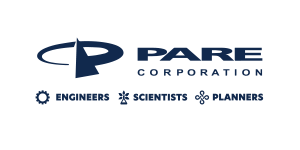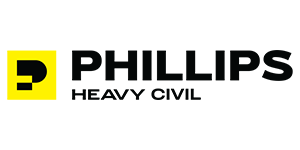Resource
The Design Evolution of the San Roque Embankment Dam
The San Roque Project is a hydroelectric, irrigation and flood control project that is being designed and constructed by Raytheon Engineers and Constructors. The site is located in the Pangasinan Province, Island of Luzon, Philippines. The earth and rock-fill dam will be approximately 1,100 meters long and 200 meters high, which will make it the twelfth highest embankment dam in the world. The project will provide a 345-megawatt rated hydroelectric power plant, additional flood control of the lower Agno River, and irrigation for 87,000 hectares of land. The original site investigation and embankment design was performed by the Italian firm Electroconsult in the early 1980s. After being shelved for over ten years, the project was revived through private financing. In 1998, Raytheon Engineers and Constructors was awarded an engineer, procure, and construct (EPC) contract for the project. Construction of the dam started the same year with expected completion by the end of 2002. The design-build method enabled the embankment design to be enhanced throughout the project. The evolution of the embankment cross section, zone arrangements, and foundation treatment will be presented in detail.
The design modifications both increase the dam safety and optimize the use of available materials. Several state-of-the-art design initiatives were utilized to improve embankment safety. The paper will discuss foundation, impervious core, and upstream shell design criteria that were implemented to improve the seismic response. The paper will also discuss filter and drain design progression. Several design initiatives were implemented to improve the efficiency of the project. The paper discusses how the cross section was modified to comply with the current state-of-practice and how the materials obtained from required excavations are being used to enhance the embankment design. 12 pp., 2 references.
































